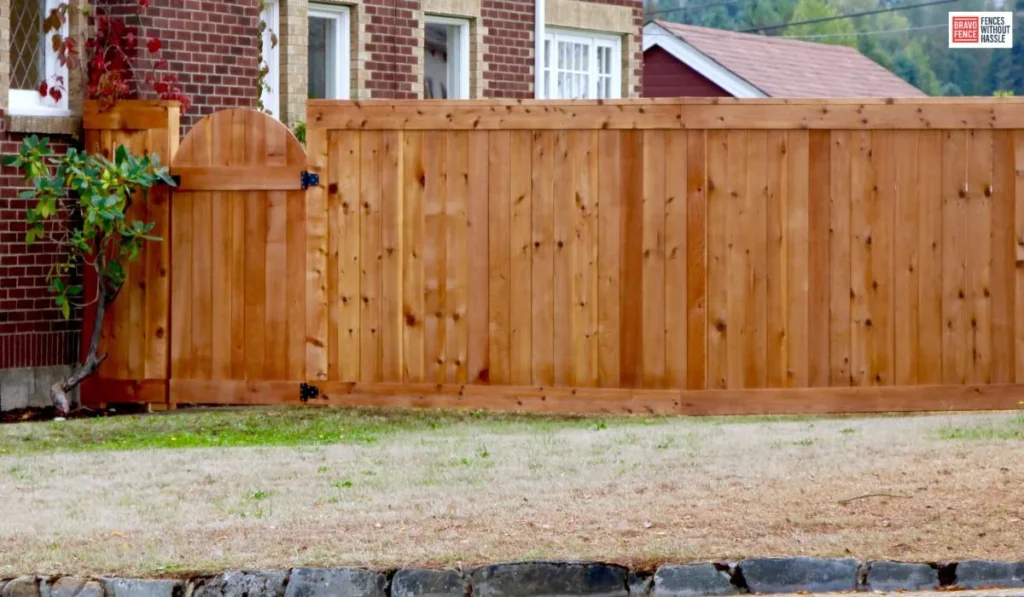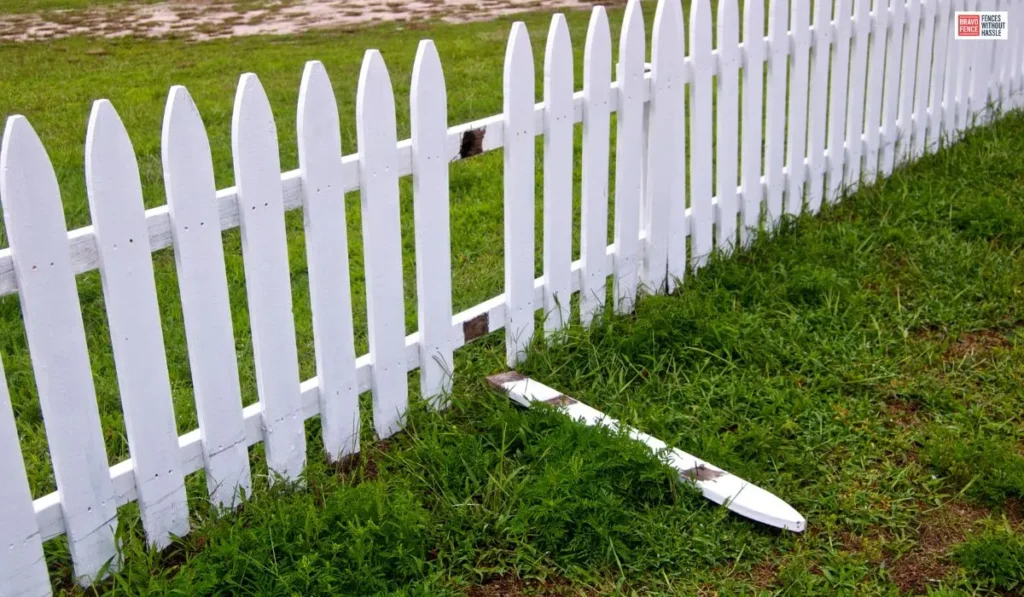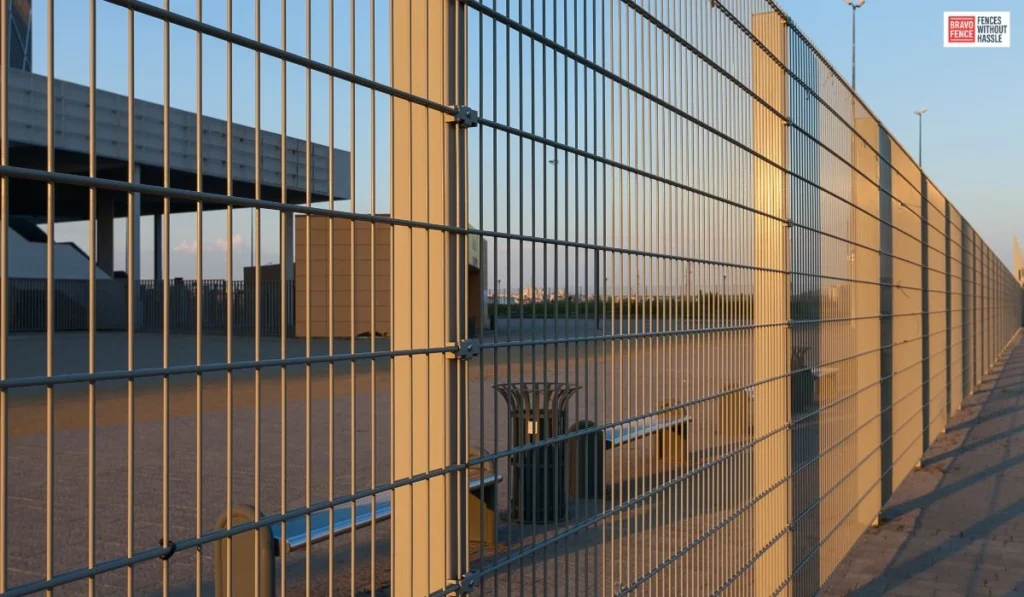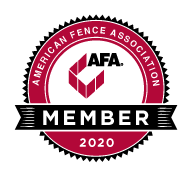Vinyl fences have gained immense popularity for their durability, low maintenance, and aesthetic appeal. However, before you dive into installing a vinyl fence, some crucial steps and considerations can make the process smoother and ensure a long-lasting result. In this comprehensive guide, we’ll walk you through the essential things to do before you install a vinyl fence.
Research Local Regulations and Codes
Before breaking ground, familiarize yourself with local regulations and codes governing fence installations. Understanding height restrictions, property line setbacks, and any necessary permits is crucial to avoid legal issues down the road. It’s also wise to consider environmental impact assessments, as certain areas may have regulations pertaining to the preservation of natural habitats or trees. Taking these factors into account ensures a comprehensive approach to compliance, minimizing the risk of complications and ensuring a smooth fence installation process.
Assess Property Lines
Before breaking ground, familiarize yourself with local regulations and codes governing fence installations. Understanding height restrictions, property line setbacks, and any necessary permits is crucial to avoid legal issues down the road. Additionally, assess Property Lines by engaging a professional surveyor to mark your boundaries accurately. This step is vital to prevent disputes with neighbors and ensures your fence is installed entirely within your property, promoting neighborly relations and minimizing the risk of future conflicts.
Choosing the Right Vinyl Fence Style: A Selection Guide
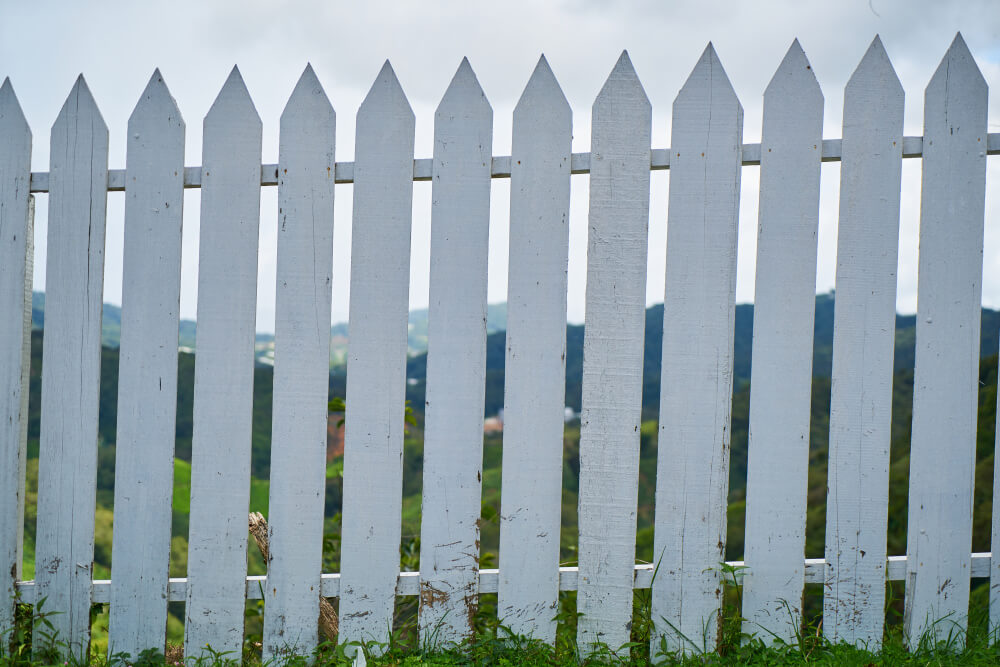
Choose the Right Vinyl Fence Style by exploring various options that complement your property. Take into account factors such as privacy needs, aesthetic preferences, and compatibility with your landscape. From classic picket fences to more contemporary designs, selecting the appropriate vinyl fence style not only enhances the visual appeal of your property but also ensures it meets your functional requirements. Take the time to review available styles and consult with professionals, if needed, to make an informed decision that perfectly suits your property’s overall design and your personal preferences.
Measure and Calculate Materials
Ensure a successful vinyl fence installation by meticulously measuring and calculating materials. Accurate measurements are crucial to determine the quantity of vinyl panels, posts, and other necessary materials required to cover the planned fence perimeter. This precision not only prevents unnecessary material waste but also ensures a seamless and cost-effective installation process. Take the time to measure the fence line thoroughly, and consult with suppliers or professionals to calculate the precise quantity of materials needed for your vinyl fence project.
Set a Realistic Budget
Set a realistic budget for your vinyl fence project, encompassing all materials, labor costs, and potential unforeseen expenses. Establishing a comprehensive budget not only helps you stay financially organized but also ensures a smooth installation process. Consider consulting with professionals or obtaining quotes from contractors to get a better understanding of the overall costs involved. By accounting for all potential expenses upfront, you can make informed decisions, avoid financial surprises, and successfully complete your vinyl fence installation within your financial parameters.
Hire a Professional or DIY?
Decide whether to hire a professional fencing contractor or take on the installation as a DIY project. Assess your skills, available time, and the complexity of the installation before making a decision.
Prepare the Ground
Prepare the ground for your vinyl fence installation by clearing the designated area of debris, rocks, or vegetation. This initial step is crucial to create a stable and even foundation for your fence. Clearing the ground not only ensures a clean and organized workspace but also prevents potential damage to the vinyl materials during installation. Level the ground meticulously to establish a solid foundation, promoting the longevity and structural integrity of your vinyl fence. This groundwork contributes to a smooth installation process, enhancing the overall durability and aesthetic appeal of your fencing project.
Gather Necessary Tools
Compile all the tools required for the installation, including a level, post-hole digger, saw, and drill. Having the right tools on hand ensures efficiency and precision during the installation process.
Check Utility Lines
Before digging post holes, contact your local utility companies to locate and mark any underground utility lines. This prevents accidental damage and ensures a safe installation process.
Invest in Quality Materials
Choose high-quality vinyl materials for your fence to guarantee longevity and resistance to the elements. Investing in durable materials pays off in the form of a longer-lasting and visually appealing wall.
Plan for Gate Placement
If your vinyl fence includes gates, carefully plan their placement. Consider functionality, aesthetics, and ease of access when determining the location of gates.
Consider Climate Factors
Take into account the climate in your region when planning the installation. Vinyl fences are versatile, but specific climates may require additional considerations for longevity and stability.
Understand Maintenance Requirements
While vinyl fences are low-maintenance, they still require periodic cleaning and inspections. Understand the maintenance requirements and commit to keeping your fence in top condition.
Secure Proper Permits
If required, obtain the necessary permits before starting the installation. Please ensure proper permits to avoid fines and complications later on.
Start with End and Corner Posts
Begin the installation process by setting the end and corner posts. These posts provide the framework for the entire fence and should be securely anchored in the ground.
Ensure Proper Post Spacing
Maintain consistent spacing between posts to achieve a uniform and visually appealing fence. Follow the manufacturer’s guidelines for the recommended post spacing.
Use Concrete for Stability
Securely anchor your fence posts in the ground using concrete. This ensures stability and prevents leaning or shifting over time.
Level Each Panel Carefully
As you install each vinyl panel, use a level to ensure it is perfectly horizontal—a level installation results in a professional-looking and structurally sound fence.
Double-Check Measurements
Regularly double-check measurements and alignments throughout the installation process. Catching and correcting any errors early on prevents issues later in the project.
Allow Proper Curing Time
After completing the installation, it is essential to allow proper curing time for the concrete before putting stress on the fence. Allowing sufficient time for the concrete to cure ensures a solid foundation, enhancing the overall durability of the vinyl fence. Patience during this crucial phase of the installation process contributes to the long-term stability and structural integrity of the wall, preventing potential issues and ensuring that it stands the test of time. Please take the necessary precautions and follow the recommended curing times to enjoy a robust and resilient vinyl fence that will serve its purpose for years to come.
Conclusion
In conclusion, installing a vinyl fence demands careful planning and consideration. From adhering to local regulations to choosing suitable materials and ensuring precise installation, every step contributes to a durable and appealing result. For professional assistance with your vinyl fence project, contact Bravo Fence Company. Secure the longevity and stability of your fence by following these guidelines, ensuring it stands the test of time while enhancing your property’s aesthetic appeal.
FAQs
What should I do before installing a vinyl fence?
Before installing a vinyl fence, it’s crucial to research local regulations and codes, assess property lines, choose the right vinyl fence style, measure and calculate materials, and set a realistic budget.
Why is researching local regulations important?
Understanding local regulations helps you comply with height restrictions, property line setbacks, and necessary permits, preventing legal issues. It also ensures awareness of environmental impact assessments and other relevant regulations.
Why should I assess property lines before installing a vinyl fence?
Assessing property lines, ideally with a professional surveyor, prevents disputes with neighbors and ensures the fence is installed entirely within your property, fostering good relations and minimizing future conflicts.
How do I choose the right vinyl fence style?
Consider privacy needs, aesthetic preferences, and landscape compatibility when choosing a vinyl fence style. Review various options, consult with professionals if needed, and make an informed decision that suits your property’s design and your personal preferences.
Why is measuring and calculating materials important?
Accurate measurements prevent material waste and ensure a seamless, cost-effective installation. Thoroughly measure the fence line and consult with suppliers or professionals to determine the precise quantity of materials needed.
Why should I set a realistic budget for the vinyl fence project?
Setting a budget helps you stay financially organized, considering all materials, labor costs, and potential unforeseen expenses. Consulting with professionals or contractors can provide a better understanding of overall costs.
Should I hire a professional or do it myself (DIY)?
The decision depends on your skills, available time, and the complexity of the installation. Assess these factors before deciding to hire a professional fencing contractor or take on the installation as a DIY project.
Why is ground preparation important before installing a vinyl fence?
Clearing the designated area of debris, rocks, and vegetation creates a stable foundation for the fence. Ground preparation ensures a clean workspace, prevents potential damage to vinyl materials, and contributes to the overall durability and aesthetic appeal of the project.
What tools do I need for vinyl fence installation?
Essential tools include a level, post-hole digger, saw, and drill. Having the right tools on hand ensures efficiency and precision during the installation process.
Why should I check utility lines before digging post holes?
Checking utility lines prevents accidental damage and ensures a safe installation process. Contact local utility companies to locate and mark any underground lines before digging post holes.

